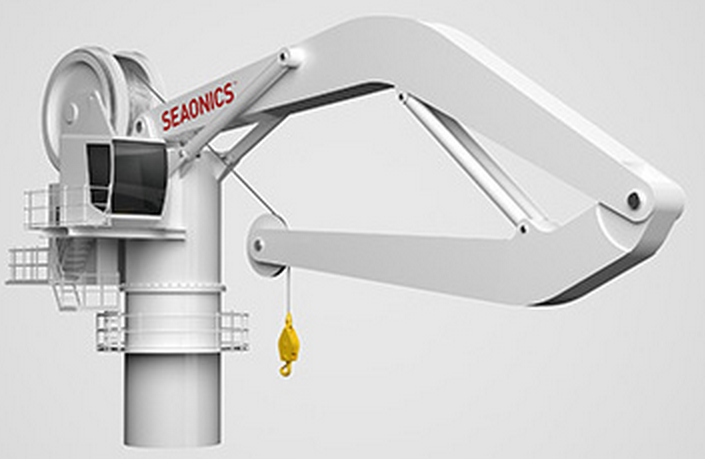In April 2017, SoftICE members Ottar L. Osen and Robin T. Bye presented two papers on educational research at CSEDU 2017. According to the CSEDU website, “[t]he very best papers presented at this event are selected by the conference and program chairs of the event based on a number of criteria that include the classifications and comments provided by the program committee members, the session chairs’ assessment and also the chairs’ global view of all papers included in the technical program.”
Subsequently, the authors were informed that their papers “had been selected to be included in the Communications in Computer and Information Science (CCIS) series published by Springer. This book will include the updated and extended versions of a short list of selected papers from CSEDU 2017.”
In order to have the extended version of the paper published in the Springer book, the authors have had to ensure that the extended versions had at least 30% of improvements. This work has now been completed, with both papers now including recent engineering student evaluation surveys at both the bachelor and master level at NTNU in Ålesund, updated literature reviews, and improved analyses.
The papers have just been submitted to Springer and will likely appear with the following titles (subject to change):
- Ottar L. Osen and Robin T. Bye. Observations and Reflections on Teaching Electrical and Computer Engineering Courses. In Computer Supported Education: CSEDU 2017 – Revised Selected Best Papers, volume ZZZ of Communications in Computer and Information Science (CCIS), pages XX–YY. Springer-Verlag: Berlin Heidelberg, 2018.
- Robin T. Bye. A Flipped Classroom Approach for Teaching a Master’s Course on Artificial Intelligence. In Computer Supported Education: CSEDU 2017 – Revised Selected Best Papers, volume ZZZ of Communications in Computer and Information Science (CCIS), pages XX–YY. Springer-Verlag: Berlin Heidelberg, 2018.
The paper abstracts are provided below.
Observations and Reflections on Teaching Electrical and Computer Engineering Courses
In this paper, the authors make a number of observations and reflections based their experiences over many years of teaching courses in electrical and computer engineering bachelor programmes. We present important aspects of attendance, lectures, group work, and compulsory coursework, and how these can be addressed to improve student learning. Moreover, we discuss how to facilitate active learning activities, focussing on simple in-classroom activities and larger problem-based activities such as assignments, projects, and laboratory work, and highlight solving real-world problems by means of practical application of relevant theory as key to achieving intended learning outcomes. Our observations and reflections are then put into a theoretical context, including students’ approaches of learning, constructive alignment, active learning, and problem-based versus problem-solving learning. Next, we present and discuss the results from two recent student evaluation surveys, one for senior (final-year) students and one for junior (first- and second-year students), and draw some conclusions. Finally, we add some remarks regarding our findings and point to future work.
Keywords: Active Learning; Problem-Solving Learning; Assessment; Engineering Pedagogy and Didactics.
A Flipped Classroom Approach for Teaching a Master’s Course on Artificial Intelligence
In this paper, I present a flipped classroom approach for teaching a master’s course on artificial intelligence. Traditional lectures from the classroom are outsourced to an open online course that contains high quality video lectures, step-by-step tutorials and demonstrations of intelligent algorithms, and self-tests, quizzes, and multiple-choice questions. Moreover, selected problems, or coding challenges, are cherry-picked from a suitable game-like coding development platform that rids both students and the teacher of having to implement much of the fundamental boilerplate code required to generate a suitable simulation environment in which students can implement and test their algorithms. Using the resources of the online course and the coding platform thus free up much valuable time for active learning in the classroom. These learning activities are carefully chosen to align with the intended learning outcomes, curriculum, and assessment to allow for learning to be constructed by the students themselves under guidance by the teacher. Thus, I perceive the teacher’s role as a facilitator for learning, much similar to that of a personal trainer or a coach. Emphasising problem-solving as key to achieving intended learning outcomes, the aim is to select problems that strike a balance between detailed step-by-step tutorials and highly open-ended problems.
This paper consists of an overview of relevant literature, the course content and teaching methods, recent evaluation reports and a student evaluation survey, results from the final oral exams, and a discussion regarding some limiting frame factors, challenges with my approach, and future directions.
Keywords: Flipped Classroom, E-Learning, Active Learning, Constructive Alignment, Problem-Solving, CodinGame, edX, C-4 Dynamite for Learning.}
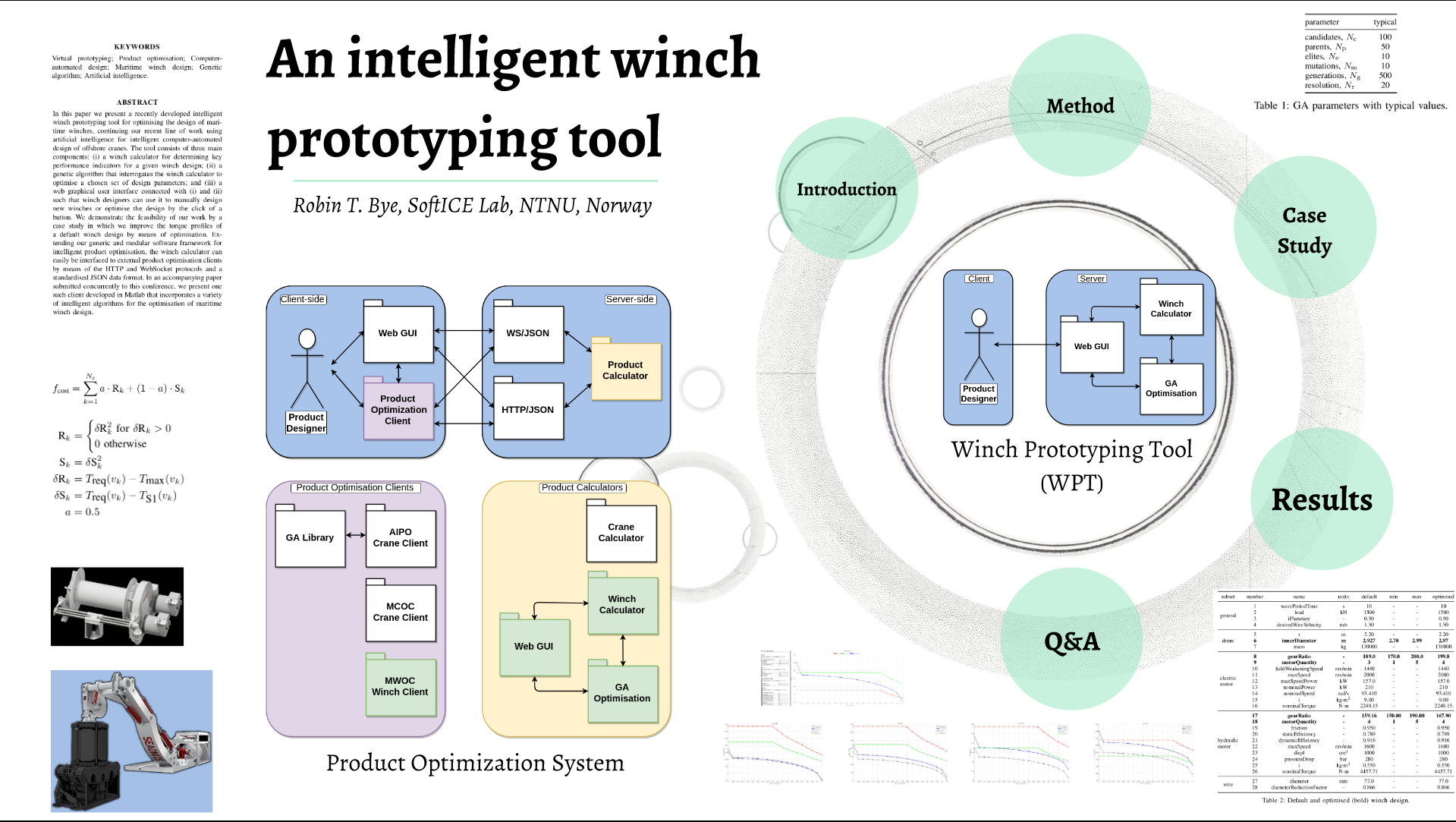
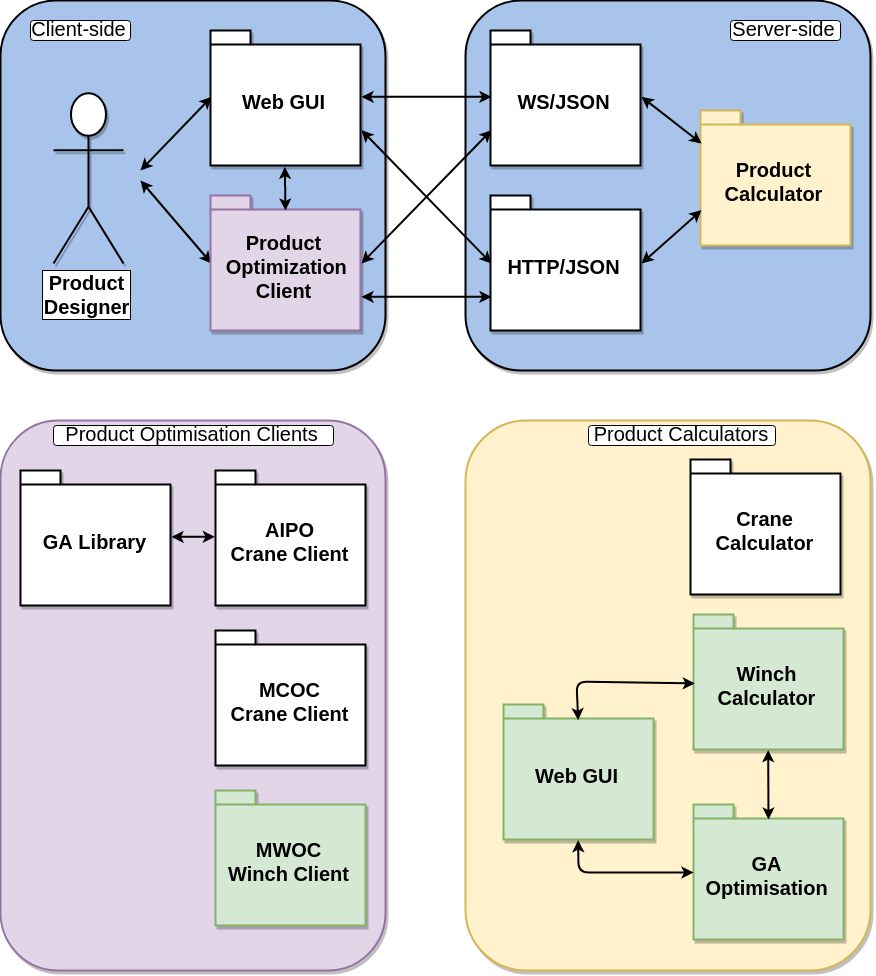
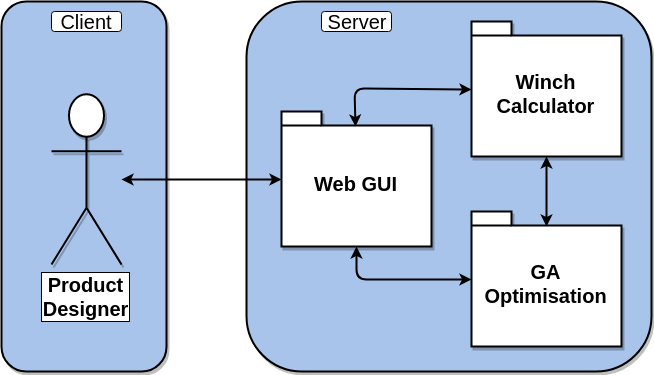
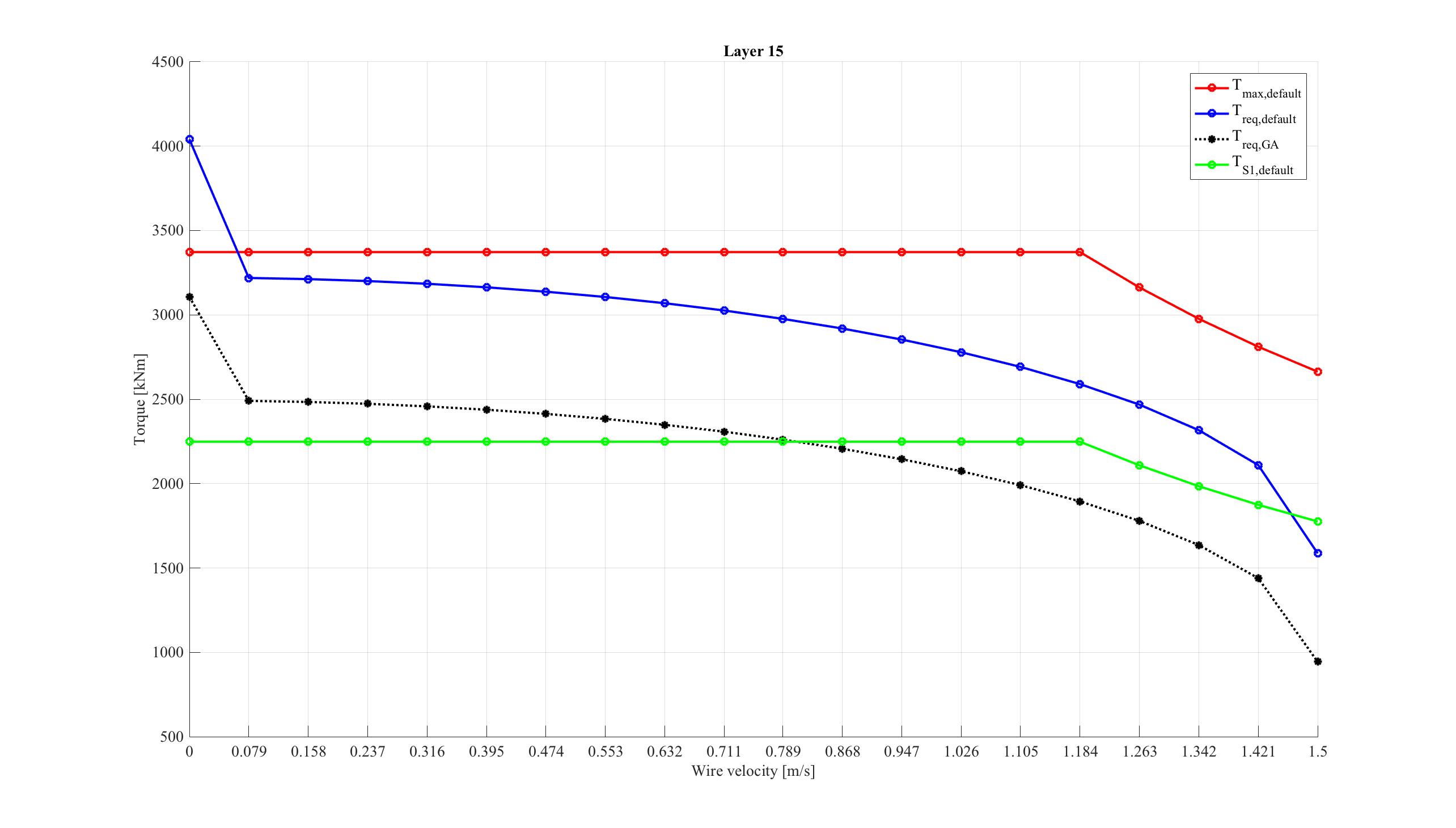
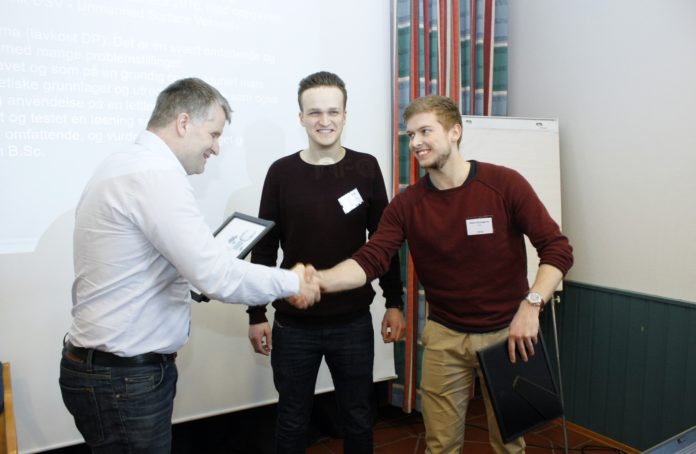
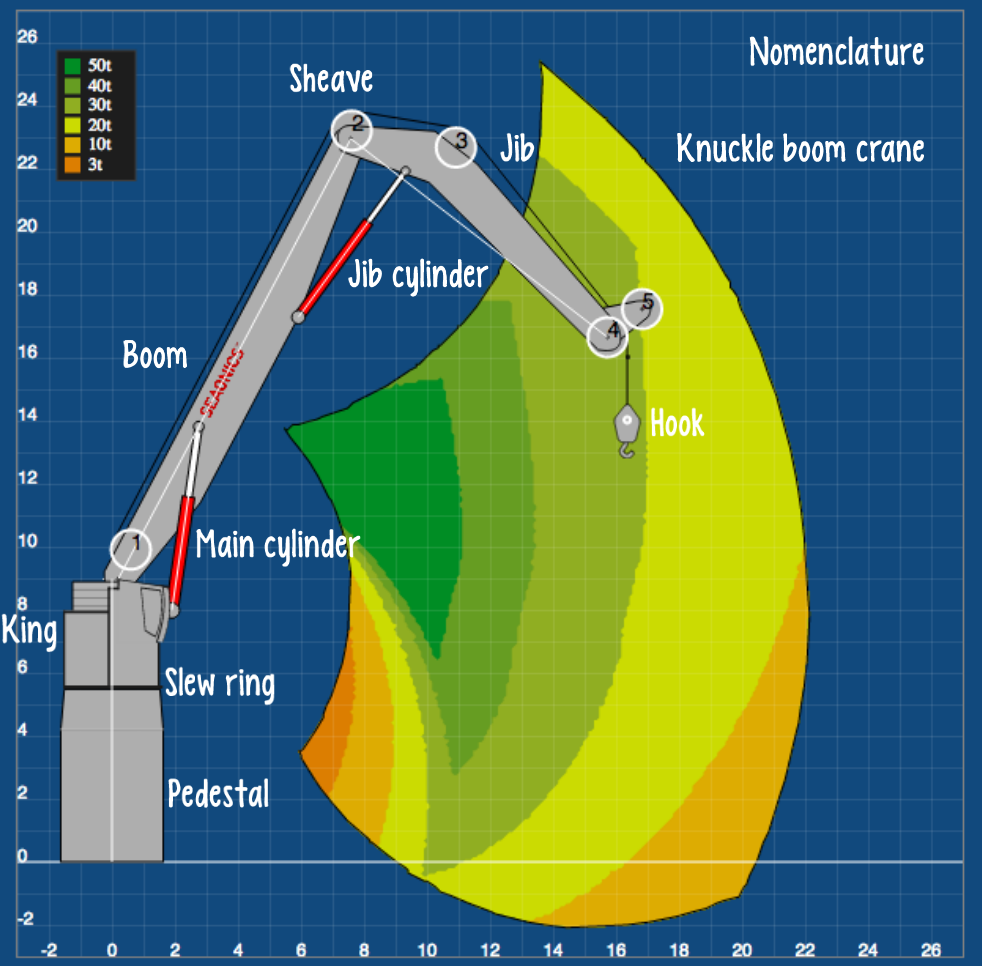



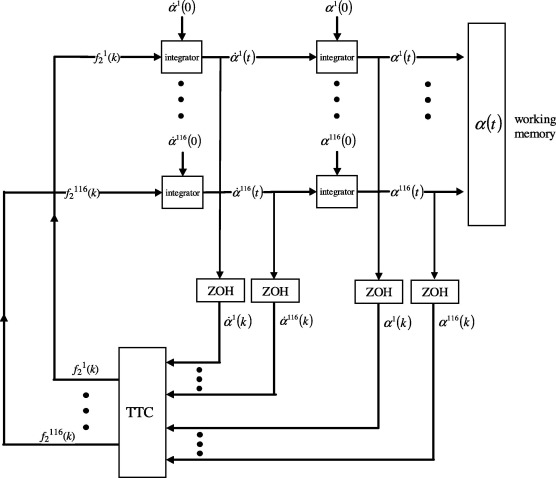

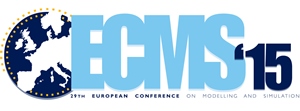 SoftICE members Robin T. Bye and Ottar L. Osen have together with eminent automation student Birger Skogeng Pedersen written a scientific research paper called “A Computer-Automated Design Tool for Intelligent Virtual Prototyping of Offshore Cranes.” The paper has been peer-reviewed and accepted for publication in the Proceedings of the
SoftICE members Robin T. Bye and Ottar L. Osen have together with eminent automation student Birger Skogeng Pedersen written a scientific research paper called “A Computer-Automated Design Tool for Intelligent Virtual Prototyping of Offshore Cranes.” The paper has been peer-reviewed and accepted for publication in the Proceedings of the 